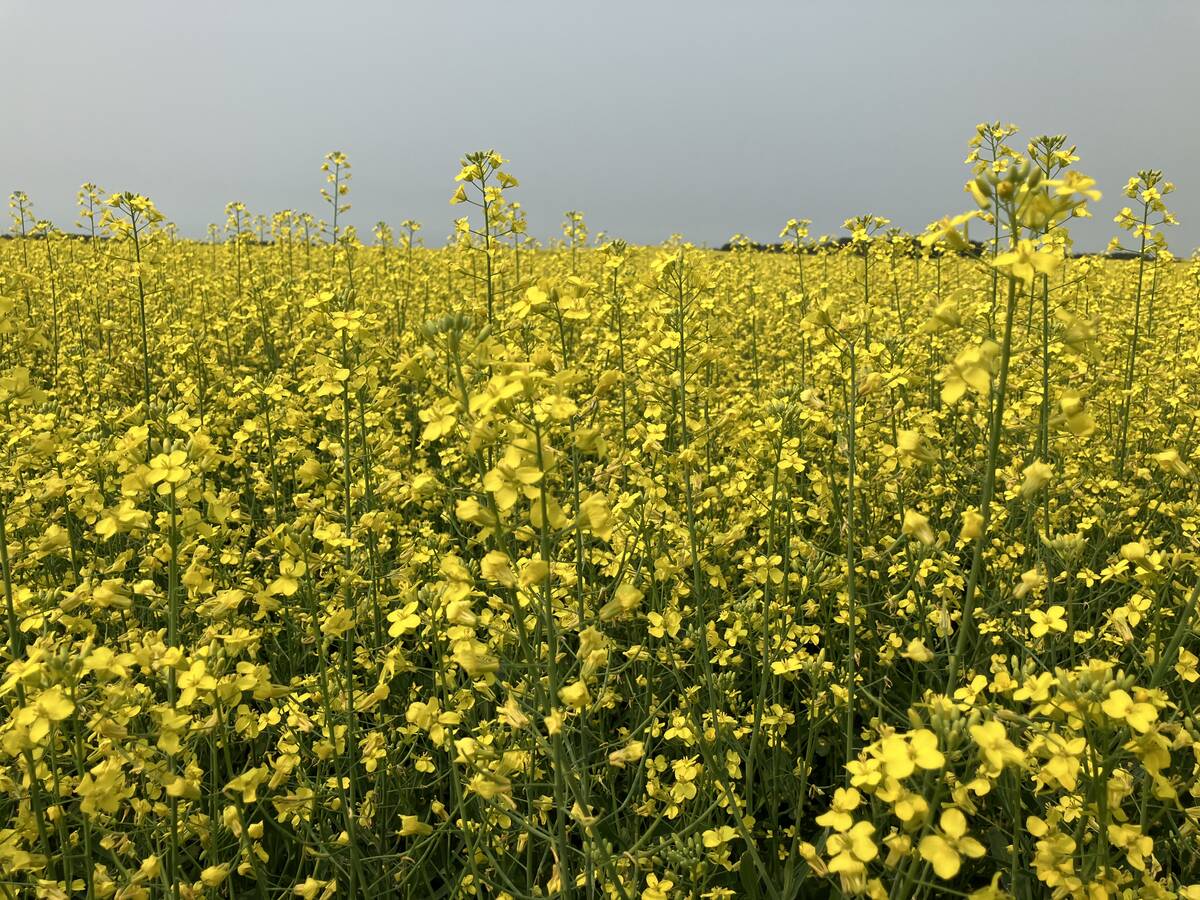There’s a steady buzz building in the market for leafcutter bees these days.
It’s the sound of farmers desperately trying to find a home for their tiny pollinators in a market that has been cut in half.
“The phone’s just ringing off the wall,” said Bob Mennie, a grain and forage seed producer in Parkside, Sask., who also buys and sells leafcutter bees.
Supplies of bees have been growing during the last few years and prices have been strong because of rapid expansion by a United States forage seed company called AgriBiotech Inc.
Read Also

Canola used in only quarter of Canadian biofuel
Less than one-quarter of the biodiesel and renewable diesel used in Canada in 2024 was made from canola oil feedstock
But the company filed for bankruptcy last January, leaving a glut of bagged, unsold alfalfa seed in its wake.
About 95 percent of Canadian leafcutter bees are exported to U.S. alfalfa seed producers. But because U.S. farmers have drastically cut their acreage, they are also likely to need fewer bees.
In some cases, U.S. customers have become competitors, said Bob Wilson, a broker with Northstar Seed in Neepawa, Man.
They have enough bee larvae left over from last year’s crop to pollinate this year’s crop and their neighbor’s crop too, he said.
Leafcutter bee prices have tumbled to $35 for a gallon of 10,000 larvae, said broker Dwight Nahuliak of International Pollination Systems in Fisher Branch, Man.
The poor prices are expected to last for two years until the glut of alfalfa seed gets used up said Ralph Schnieder of Northwest Leafcutters.
“It’s going to be a dismal year and it’s going to be similar next year,” he told producers at a meeting here Jan. 8.
“I got a list at home and it just scares me, the number of guys who want to sell bees,” Schnieder said.
During the past decade, volatile bee prices have soared as high as $120 per gallon.
The last time they were this poor was 1991, said Mennie, when producers were lucky to get $20 per gallon.
However, weather problems and crop failures meant bee prices jumped to $80 to $100 per gallon in 1992.
Mennie said prices are not likely to recover as quickly this time.
Often, bee producers like to wait until March to price their bees because prices often spike then. But this year, Mennie has been hurrying his regular clients to process their larvae for marketing because he thinks demand and prices will fall off quickly.
Producers and sellers say it’s hard to pinpoint a break-even price. Mennie said he thinks most farmers who sell their bees will break even. However, bee producers who can’t find a buyer will have to incur extra costs by buying nests to keep their bees at home.
Nahuliak expects stocking rates to almost double from the normal 20,000 bees per acre this year because of low prices.
More bees means more seed production per acre, which will add more seed to an already depressed market.
Some producers will look for alternative crop to pollinate, said Rhéal Lafrenire, apiarist with Manitoba Agriculture.
Buckwheat, hybrid canola, red clover and blueberries may be options, he said.
Bob Brincheski, a forage seed and leafcutter bee producer at Lac du Bonnet, Man., said farmers have lived through poor prices before, and will do it again.
He is in the midst of expanding forage seed production on his farm, so lower bee prices won’t hurt him as much as farmers counting on bee export sales.
“We’ll take our licks,” he said, adding farmers may see some erosion in their equity.
“We’re just getting used to it,” he said, alluding to current poor prices for most grains and oilseeds.
“When you’re a farmer, that goes with the territory.”
















